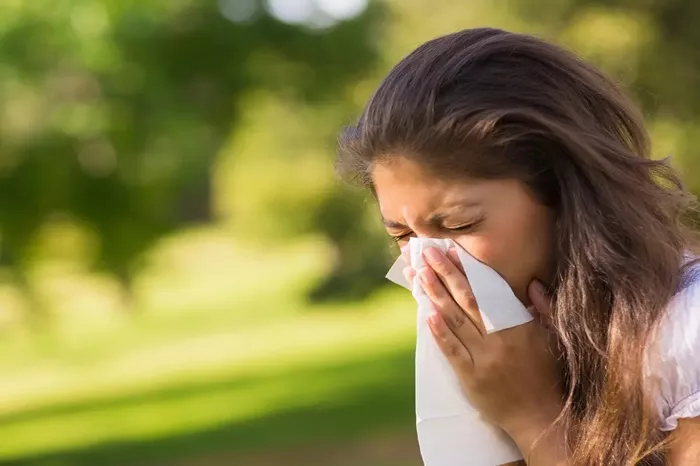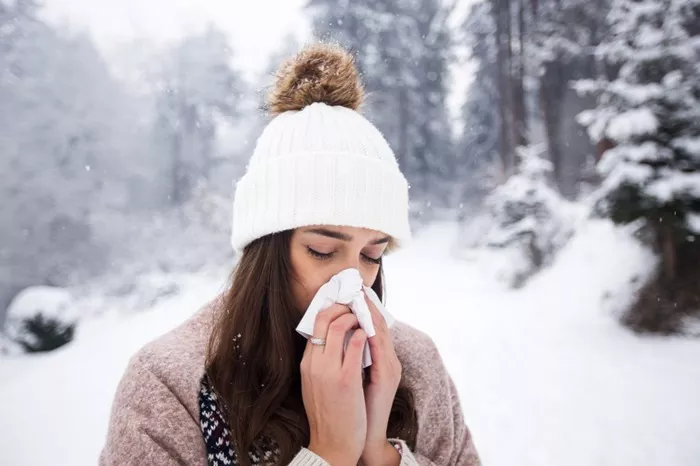Allergic rhinitis, commonly referred to as hay fever, affects millions of people worldwide, presenting a range of symptoms that can significantly impact daily life and well-being. This article explores the sensations associated with allergic rhinitis, examining its symptoms, triggers, and the physiological responses involved. Additionally, it discusses management strategies and the emotional impact of living with this common condition.
Understanding Allergic Rhinitis
Allergic rhinitis is an inflammatory condition of the nasal passages caused by allergic reactions to airborne substances such as pollen, dust mites, mold, and animal dander. It is categorized into two types: seasonal allergic rhinitis, which typically occurs during specific pollen seasons, and perennial allergic rhinitis, which can occur year-round.
Pathophysiology of Allergic Rhinitis
The pathophysiology of allergic rhinitis involves an immunoglobulin E (IgE)-mediated immune response. When a susceptible individual inhales an allergen, their immune system mistakenly identifies it as a harmful invader and releases IgE antibodies. These antibodies bind to mast cells, causing them to release histamine and other chemicals that lead to the inflammation and symptoms of allergic rhinitis.
Symptoms of Allergic Rhinitis
The symptoms of allergic rhinitis can vary widely in severity and can affect individuals differently depending on a variety of factors including the specific allergen, the amount of allergen exposure, and individual sensitivity.
Nasal Symptoms
Nasal Congestion: A feeling of stuffiness or blockage in the nasal passages is one of the most common complaints. It can interfere with breathing, sleep, and the ability to smell and taste.
Runny Nose: Increased mucus production leads to a watery discharge from the nose, which can be clear or whitish.
Sneezing: Intense, repetitive sneezing is a hallmark of allergic rhinitis, often triggered directly by the inhalation of allergens.
Itchy Nose: This can be particularly bothersome, causing constant rubbing or scratching of the nose, commonly referred to as the “allergic salute.”
Ocular Symptoms
Itchy Eyes: Alongside nasal symptoms, allergic rhinitis often affects the eyes, causing them to feel itchy and irritated.
Watery Eyes: Excessive tearing is a reaction to inflammation and irritation.
Redness of the Eyes: Caused by the dilation of blood vessels in response to allergens.
Other Associated Symptoms
Throat and Ear Issues: Individuals may experience a sore or itchy throat, coughing, and even a sense of fullness or popping in the ears.
Fatigue and Malaise: The discomfort and sleep disturbances caused by allergic rhinitis can lead to significant fatigue and a general feeling of being unwell.
Triggers of Allergic Rhinitis
Identifying and understanding the triggers of allergic rhinitis are key to managing the condition effectively.
Common Allergens
Pollen: From trees, grasses, and weeds, pollen is the most common trigger of seasonal allergic rhinitis.
Dust Mites: Tiny organisms that thrive in warm, humid environments, such as bedding, upholstered furniture, and carpets.
Pet Dander: Tiny, sometimes microscopic, flecks of skin shed by cats, dogs, birds, and other animals with fur or feathers.
Mold: Fungi that grow in damp, humid places like bathrooms, kitchens, and basements.
Environmental and Lifestyle Factors
Weather Changes: Variations in temperature and humidity can exacerbate symptoms.
Air Pollution: Pollutants and irritants in the air can aggravate the nasal lining and worsen symptoms.
Lifestyle Factors: Smoking or exposure to smoke, strong odors, and certain chemicals can trigger symptoms.
Diagnosis of Allergic Rhinitis
Accurate diagnosis is crucial for effective management of allergic rhinitis.
Medical History and Physical Examination
A detailed medical history and a physical examination of the nose and throat are the first steps in diagnosing allergic rhinitis.
Allergy Testing
Skin Prick Tests: Small amounts of suspected allergens are placed on the skin, usually the forearm, and the skin is then pricked so the allergen goes under the surface. A reaction indicates an allergy.
Specific IgE Blood Tests: These measure the level of IgE antibodies in the blood in response to specific allergens.
Management and Treatment
Managing allergic rhinitis involves a combination of avoidance strategies, pharmacological treatments, and sometimes immunotherapy.
Avoidance and Environmental Control
Minimizing exposure to allergens can significantly reduce symptoms. This might involve using air purifiers, removing carpets, regular cleaning to reduce dust mites, and staying indoors during high pollen counts.
Pharmacological Treatments
Antihistamines: These medications help alleviate itching, sneezing, and runny nose by blocking histamine action.
Nasal Corticosteroids: Sprays used to reduce inflammation and treat the nasal symptoms of allergic rhinitis.
Decongestants: These can help relieve nasal stuffiness but are usually recommended only for short-term use.
Immunotherapy
For severe cases, allergen immunotherapy, which involves gradually introducing small amounts of the allergen to build tolerance, can be considered.
Living with Allergic Rhinitis
The impact of allergic rhinitis extends beyond physical symptoms, affecting emotional well-being and quality of life.
Impact on Daily Life
Allergic rhinitis can impair daily activities, reduce productivity at work or school, and disrupt sleep, leading to daytime fatigue and reduced overall functioning.
Emotional and Psychological Impact
Chronic symptoms can lead to frustration, emotional distress, and in some cases, anxiety or depression. The persistent nature of the condition can also affect social interactions and participation in outdoor activities.
Conclusion
Allergic rhinitis is a prevalent condition characterized by a variety of symptoms that can disrupt daily life and diminish quality of life. Understanding the sensations associated with allergic rhinitis, along with effective management strategies, is essential for those affected. By combining lifestyle adjustments, pharmacological treatments, and possibly immunotherapy, individuals can achieve substantial relief and improve their overall health and well-being.
[inline_related_posts title=”You Might Be Interested In” title_align=”left” style=”list” number=”6″ align=”none” ids=”7764,7761,7680″ by=”categories” orderby=”rand” order=”DESC” hide_thumb=”no” thumb_right=”no” views=”no” date=”yes” grid_columns=”2″ post_type=”” tax=””]

































